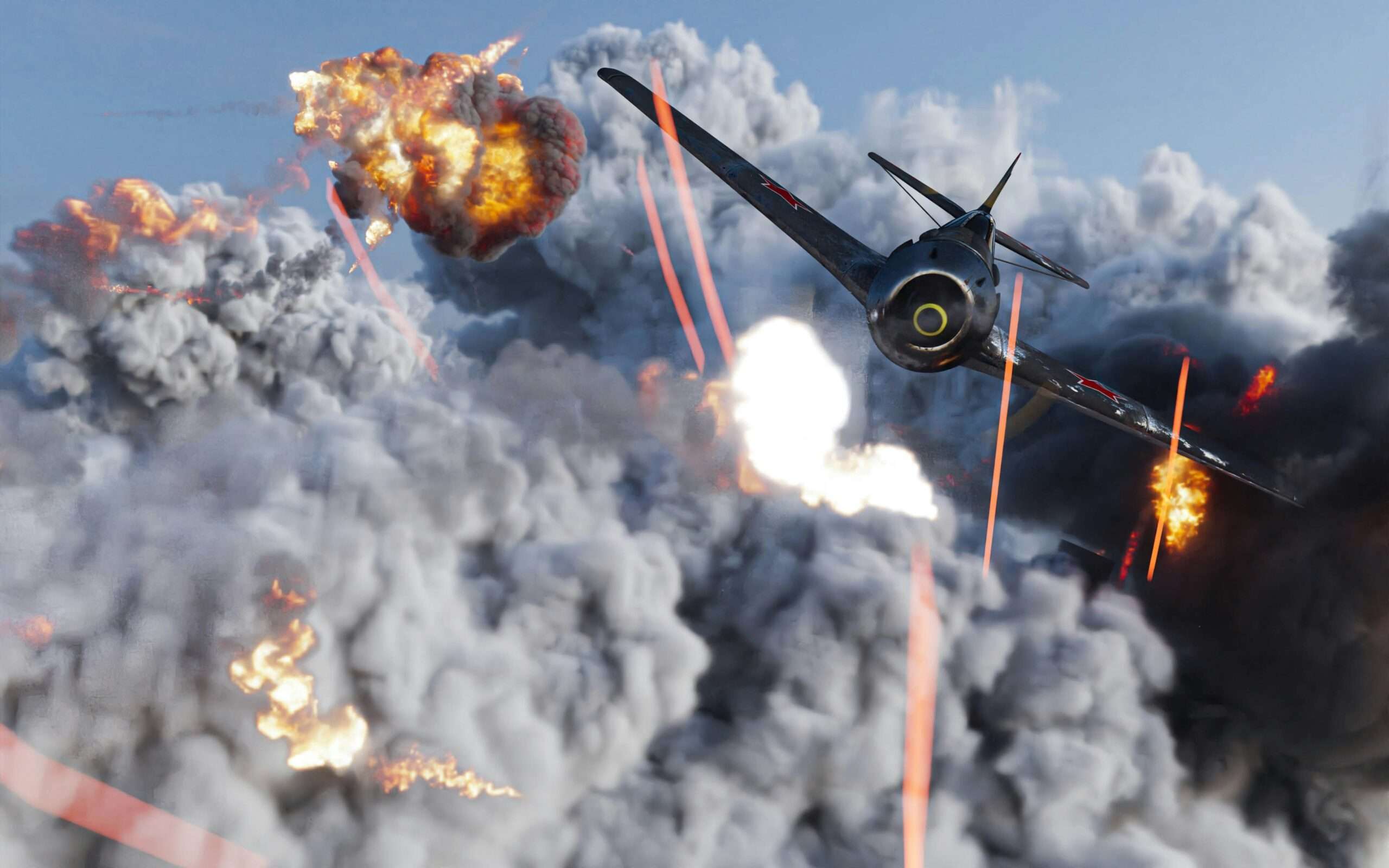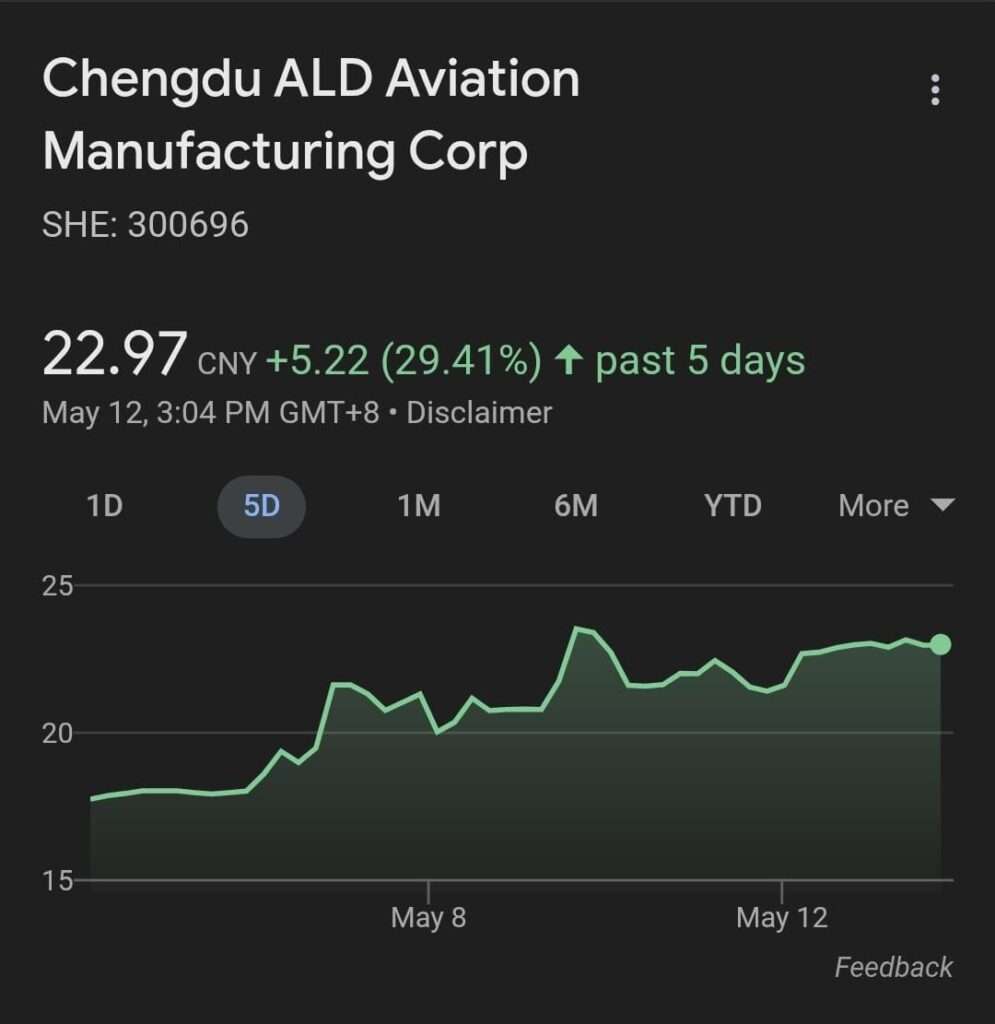- 13 May 2025
- No Comment
- 756
Numbers Don’t Lie (But Propaganda Does): How One Dogfight Shook the Global Arms Market

A single bullet can’t start a war, but a single dogfight can crash a billion-dollar defense stock.
When India and Pakistan’s fighter jets locked horns over Kashmir, it wasn’t just another border flare-up—it was the opening shot of a new global arms race. Two nuclear-armed rivals, backed by superpowers, unleashed their most prized aerial weapons in a showdown that ripped apart the defense industry’s status quo. On one side: India’s much-hyped Rafales, sold as Europe’s crown jewel in modern air combat. On the other hand, Pakistan’s Chinese-supplied J-10Cs and JF-17 Thunders, once dismissed as “budget toys,” are now rewriting the rules of war in real-time.
And then came the shockwaves.
Within hours, Dassault Aviation’s stock took a nosedive—€1 billion in market value vanished after reports of the loss of three Rafales. Across the border, in Beijing, Chengdu Aircraft Corporation’s shares soared, its J-10C credited with a kill in what international defense analysts now call “the biggest dogfight of the century.” This wasn’t just air combat. It was a billion-dollar battlefield in the skies, with investors, governments, and generals watching every missile trail like it was a Wall Street ticker.
This “would mark the first time that one of the sophisticated French-made warplanes has been lost in combat,” CNN said.
Forget the politics. Forget the propaganda. This was raw, televised, high-stakes warfare—a real-time stress test not just of technology, but of national pride, global influence, and defense credibility. It wasn’t just India’s Rafales that took a hit. It was the entire Western arms ecosystem. Because if a $288 million French jet can get shot down by a Chinese aircraft that costs a third of the price, the entire global defense narrative collapses.
This wasn’t war—it was a reckoning.
Now, defense analysts, military alliances, and geopolitical power players are scrambling for answers: Has the West’s air superiority myth finally cracked? Is China now the arms dealer of the future—cheaper, faster, and more aggressive? And most critically—who’s going to bleed next?
The numbers don’t lie. But in the high-stakes game of war and profit, truth is the first casualty.
Stock Market Carnage After Biggest Dogfight of the Century
For China, this clash was a billion-dollar advertisement. For France? it might be a wake-up call. And for arms dealers worldwide? Pure chaos.
When Pakistani and Indian fighter jets clashed over Kashmir, the impact wasn’t limited to the skies; it echoed across global financial markets. While the world watched the geopolitical tension unfold, Wall Street and Paris panicked. What followed was nothing short of a financial earthquake in the global arms market. In a matter of hours, the fate of multi-billion-dollar defense deals, national prestige, and stock portfolios hinged on a few seconds of aerial warfare: who shot first, who got hit, and who walked away.
🇨🇳 China’s Defense Boom: A Skyrocketing Aftershock 
China emerged as an unexpected financial winner from the dogfight. When Pakistan claimed it had downed Indian jets—including the pride of the Indian Air Force, the French-built Rafale—the Chinese J-10C fighter jet suddenly became the center of attention. Chengdu Aircraft Industry Group, the manufacturer of the J-10C, saw its stock price soar by an astonishing 30% in just a week. Investors rushed in, betting big on the credibility boost the Chinese fighter had just received on a live battlefield.
It wasn’t just Chengdu Aircraft that gained momentum. AVIC Aerospace, which deals in helicopters, drones, and advanced jets, rose by 6%, while firms like Chengdu Tianjian and Sun-Create Electronics, both involved in avionics and missile systems, saw gains of around 10%. It was a full-scale rally, signaling that China’s entire military-industrial complex was cashing in on the clash.
Pakistan is China’s weapons lab. According to SIPRI, 81% of Pakistan’s arms imports come from China. After this dogfight, Beijing didn’t just sell weapons, it got a free global advertisement. Chinese state media proudly framed the India Pakistan conflict as proof of the quality and effectiveness of its military hardware, hailing it as a “positive testament” to its arms manufacturing capabilities.
🇫🇷 France’s Rafale Nightmare: From Multibagger to Meltdown
While Chinese stocks soared, French aviation giant Dassault Aviation was in freefall. The company, which manufactures the Rafale fighter jet, saw its shares drop by 7% in a single trading day. In just five days, the stock plunged by 10%, wiping out millions in investor wealth and shaking confidence in what had been a 347% multibagger over the past five years. 
For India, the stakes are even higher. Its $7.5 billion investment in the Rafale program is now under scrutiny. If Pakistan’s claims hold water, the Rafale—previously seen as a game-changer—could now be remembered for failing its first real combat test. The potential PR disaster has put India in a tough spot, raising uncomfortable questions about future defense deals and national security.
A Shift in the Global Arms Race
Beyond the stock charts, this dogfight has broader geopolitical implications. China’s position as a top-tier arms exporter is solidifying, especially in emerging markets like Africa, the Middle East, and Eastern Europe. With Pakistan acting as a high-profile case study, China’s push into global defense markets just gained serious momentum.
Meanwhile, Russia sees an opportunity. If India begins to second-guess its Rafale deal, Moscow will be quick to offer Su-35 fighter jets—likely at a generous discount. For Russia, it’s a chance to rekindle its long-standing defense ties with India while undermining Western competitors.
And then there’s the United States. Washington now faces a strategic dilemma: let China dominate the fighter jet market or step up efforts to counter Beijing’s growing influence. With global defense budgets on the rise, the stakes are only getting higher.
Geopolitical Fallout: The Dogfight That Rewired Alliances
The Kashmir dogfight wasn’t just a India Pakistan conflict; it detonated a global chain reaction. The world watched as Chinese-made J-10Cs went head-to-head with India’s French Rafales, and what followed was far more than military fireworks. It was the beginning of a new world order. The fallout is now rippling across continents, shattering long-standing alliances, redrawing battle lines, and forcing governments to confront a brutal question: who really holds the power?
Let’s start in the Middle East, where the impact has been seismic. Saudi Arabia, the crown jewel of U.S. arms deals, made a $4 billion arms deal with China. That’s not just a contract; that was a betrayal in Washington’s eyes. Riyadh is no longer waiting for U.S. congressional approvals or worried about Western lectures on “rules-based order.”
China offers weapons with no strings attached, no judgment, and faster delivery. Across the Gulf, the UAE and Qatar are quietly shopping Chinese and Turkish platforms, slowly divorcing themselves from decades of Western dependency. The West is watching its iron grip slip—and there’s nothing it can do to stop it.
Over in Europe, the panic is real. France, once smug about the Rafale’s dominance, is now licking its wounds. Germany isn’t wasting time mourning—Berlin just hit the gas on its FCAS (Future Combat Air System) fighter project. Why? Because the Rafale’s flop didn’t just hurt France—it sent shockwaves through the EU’s entire defense identity. European nations are realizing they might be selling yesterday’s tech in tomorrow’s war. And buyers are noticing.
Indonesia may rethink its $8.1 billion Rafale deal, demanding hard “performance guarantees”.
Meanwhile, neutral players like Indonesia, Egypt, and Nigeria are waking up. They’ve spent decades walking a fine line between East and West. Not anymore. The India Pakistan clash gave them front-row seats to China’s cost-effective firepower, and it’s changing everything. Why buy Western hardware that comes with price tags, press coverage, and political baggage when China delivers near-parity performance at half the price and zero noise?
And the paranoia? It’s spreading like wildfire. Nations are scrambling to hedge their bets. Some are rushing back to Russia, chasing discounted Su-35s. Others are begging the U.S. for F-15s, F-16Vs, and even the elusive F-35—despite the $100 million per-jet sticker shock.
But here’s the kicker: trust is broken. The traditional arms suppliers, France, Russia, and the U.S., now look reactive, desperate, and divided.
China? It looks organized, aggressive, and, most terrifyingly, ahead.
The message is loud and clear: this clash didn’t just test fighter jets; it exposed a tectonic power shift. The old rules no longer apply. Western dominance is being challenged not with warships or tanks, but with spreadsheets, stock prices, and smart diplomacy.
Every arms deal from this point forward will be judged through a new lens, one shaped by J-10Cs, falling Rafale stocks, and a world that’s starting to believe China might not just be catching up… it might already be in charge.
The aftershock isn’t over. It’s just beginning.
It was a showdown of economies, alliances, and egos, with the entire global arms bazaar watching.
Read more: Untold Story of Bank of America: From Immigrant Roots to Banking Titan
Imagine a shy Italian boy watches his father get gunned down in a California orchard, then helps his widowed mother sell fresh fruits on the streets of San Francisco. Decades later, that same boy – Amadeo “A.P.” Giannini – would smuggle his bank’s gold out of a burning city in a fruit cart and lend to anyone with a dream. Giannini’s unlikely journey from groceries to global finance is the beating heart of Bank of America history.
Through earthquakes, Great Depressions, wars and modern crises, his belief in serving everyday people never wavered. This is the human story behind a banking empire – a tale of grit, innovation, and the American banking spirit embodied in every loan Giannini made..

